
Seven DSLR cameras, from entry level to mid-range, and why you still need one in the smartphone age
Smartphone cameras’ tiny sensors, fixed lenses and smart software are no match for cameras, whose lenses let in so much more light. Here’s a beginner’s guide to the models available – Hong Kong is a great place to buy one
Smartphones are taking over photography. The 6.1-inch Huawei P20 Pro and the 6.2-inch Samsung Galaxy S9 Plus claim multiple lenses, automatic scene selection, and even hand-held lowlight long exposures. So why would anyone need to invest in a manual digital camera?
To be creative, that is why. Smartphones may be getting better with every incarnation – and what they’re now able to handle is incredible – but the only way they can improve is to take more decisions out of the hands of users. They only do what they think you want them to do.
Huawei’s triple-camera approach behind boom in smartphone sales
What really limits smartphone cameras is their tiny camera sensors and fixed lenses. Consequently, almost all advances are down to software, from digital zoom and image stabilisation to automatic scene selection and noise reduction. Convenient, yes. Does it give you full creative control? Absolutely not.
“Keep using your phone if you just want to take snapshots,” says Peter Stewart, a Hong Kong-based fine art travel photographer. “Upgrade to a DSLR if you want to start taking photographs.”
With a DSLR (digital single lens reflex) or a mirrorless camera, you get something no smartphone can offer: endless possibilities by having full control of that one critical ingredient – light.
All photography is essentially about finding the right balance between the camera’s aperture (which determines how much light reaches the camera’s image sensor), ISO (the light sensitivity of the imaging sensor) and shutter speed (how long the image sensor is exposed to light).
Keep using your phone if you just want to take snapshots. Upgrade to a DSLR if you want to start taking photographs
Aperture is expressed as an “f” stop, and the lower the number, the more light is collected. It’s not about the camera at all, but the lens you decide to use. For example, all lenses can handle f/11, a mid-range setting used for landscape photography, but only specialist wide-angle or even fisheye lenses can offer an aperture of f/2, which is needed to collect enough light for taking photographs of the night sky, or for “light painting”.
It’s partly being able to change the lens that makes DSLRs much more capable cameras than smartphones. The most obvious benefit is using a telephoto lens to get up close to your subject. How many times have you zoomed in on your phone and taken a picture that you later realised was a noisy and pixelated mess? A DSLR makes a huge difference to how sharp and clean your images look when taken from distance.
There is another type of camera to think about when upgrading from smartphone photography – the mirrorless camera. These are smaller than DSLRs, and have become popular in the last few years. Though they do allow the changing of lenses, the entry-level models don’t have a viewfinder, and only those costing more than around US$1,300 impress (such as the Panasonic Lumix G9, Fujifilm X-T2 and very expensive Sony Alpha A7R III). It’s an expensive choice, so for now it’s the DSLR that still dominates for those looking for a step-up from their smartphone without spending big.
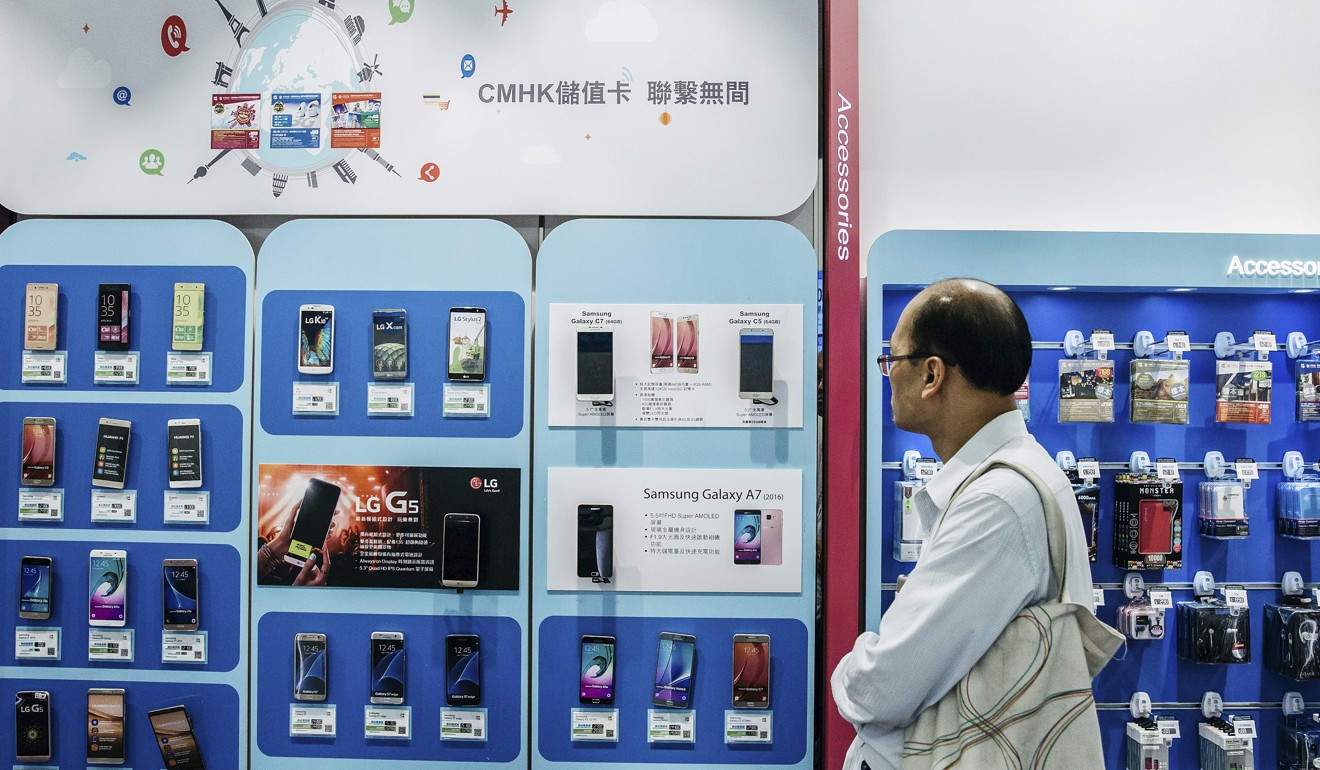
Yes, you’ll have to carry more gear than if you just rely on a smartphone, but you’ll get far more impressive results.
“At the entry level there are virtually no advantages between one brand or the other,” says Stewart. “Both Canon and Nikon design their beginner cameras with the same set of features in mind for ease of use.”
Expect most of these cameras to have a standard 18-55mm zoom lens to get you started, though upgrades are possible. So what should expect as you move up the range? “They almost always feature better build quality, higher resolution and larger LCD screens, and a viewfinder,” says Stewart. “Some may even have 4K video capabilities.”
Future phones will be foldable, with nine cameras and air charging
He also points out that both Canon and Nikon tend to use the same sensors across a lot of their range, so you don’t always need to spend more to get more megapixels and higher resolution. “Spend more if you value build quality and a better range of built-in features,” he advises.
Hong Kong is a fabulous place to try out and purchase a DSLR and a lens. “I can highly recommend dedicated camera stores like Wing Shing Photo in Mong Kok, or Tin Cheung Camera, which has multiple stores across the city,” says Stewart. “The staff there are extremely knowledgeable and can help to better understand your needs to make sure you get the camera that is right for you.”
If you’re a more daring second-hand shopper, Stewart recommends Sim City mall in Mong Kok. “There are dozens of little stores inside packed with used camera gear,” he says. “For those on a tighter budget, sourcing a slightly older model camera here can be a wise decision.”
Here are seven DSLR cameras – from the very basic to more advanced models – that you may want to consider.

Nikon D3400
Armed with a mighty 24 megapixels, ISO 25600, and an 18-55mm kit lens, the D3400 is designed to tempt smartphone users. Thanks to Bluetooth and Nikon's SnapBridge app, all photos are automatically transferred to a smartphone.
“This is Nikon's absolute entry-level camera aimed at beginners,” says Stewart.
From HK$4,280 (US$545)
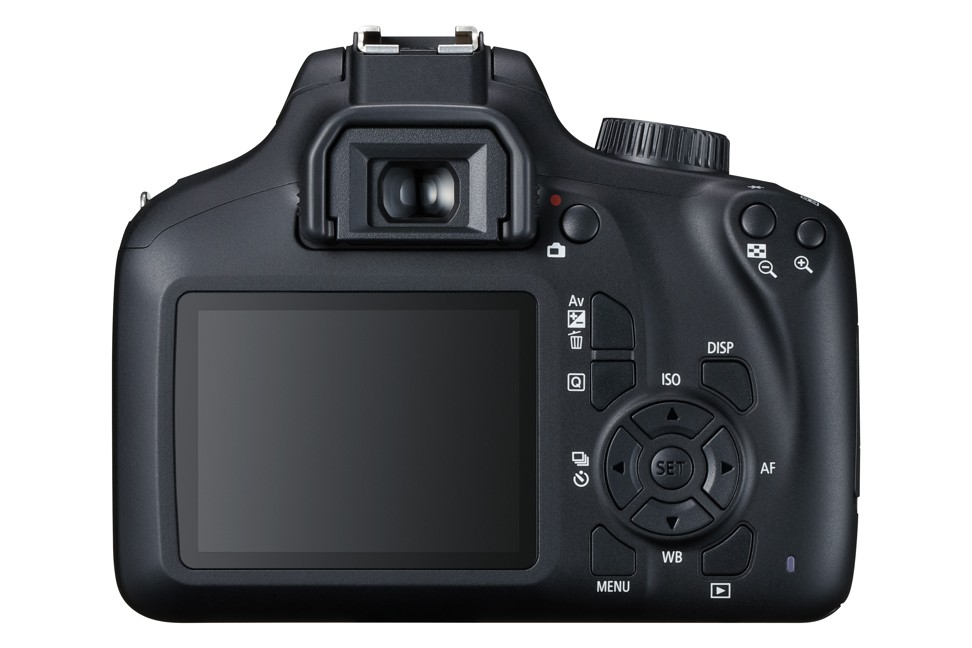
Canon EOS 3000D
Canon's most basic and affordable DSLR has 18 megapixels and an 18-55mm kit lens, with ISO topping-out at 6400. It's also got Wi-fi and Canon's Camera Connect app for transferring images to a phone.
“The Nikon D3400 and Canon 3000D are virtually identical cameras in terms of build quality and minimal features,” says Stewart.
From HK$3,980
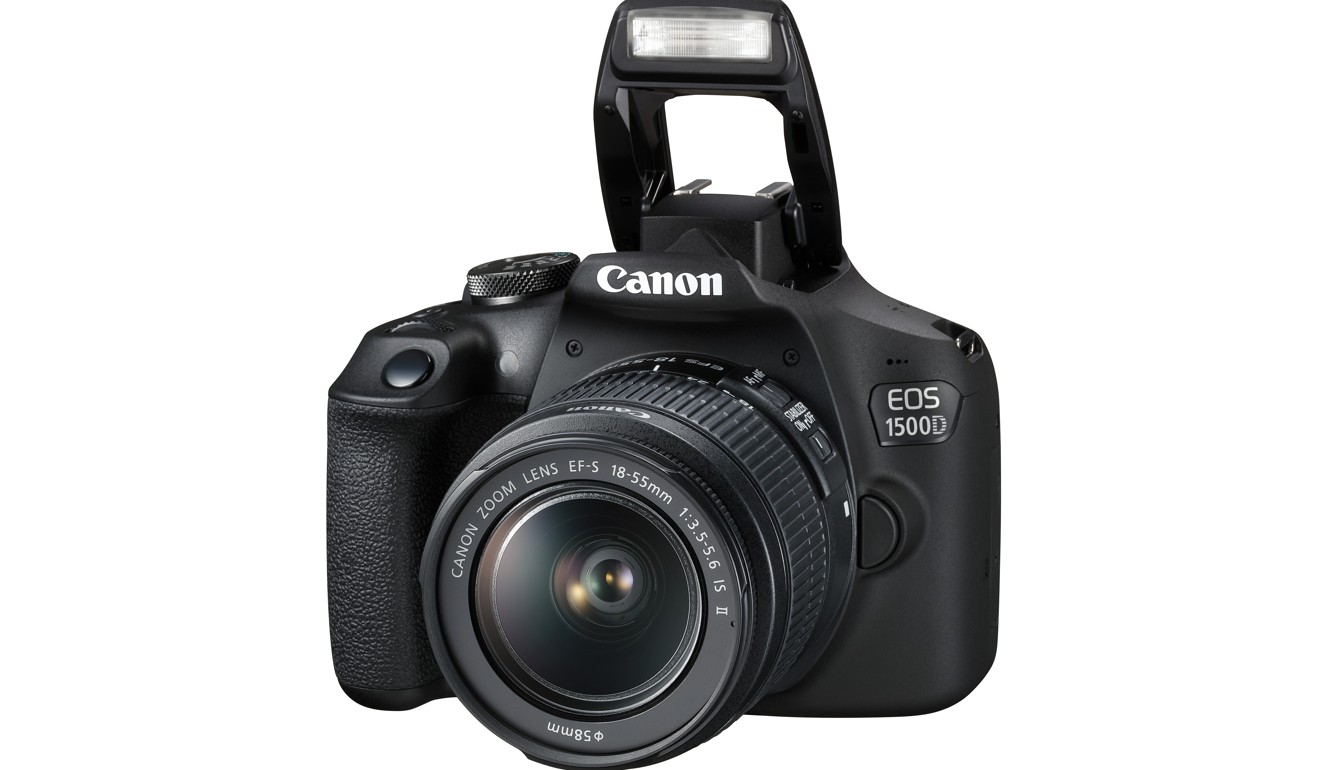
Canon EOS 1500D
Matching the Nikon D3400 detail for detail, this new entry-level DSLR increases the resolution to 24 megapixels and has a slightly larger LCD screen. It also adds NFC for one-touch photo transfer to a smartphone.
From HK$4,280

Nikon D5600
“A bit of a step up from the D3400 with better build quality, more features, a higher-quality LCD, and a viewfinder,” says Stewart of this 24-megapixel, ISO 25600 model. There's a choice of an 18-55mm or 18-140mm lens, the latter offering significant zoom.
From HK$6,980
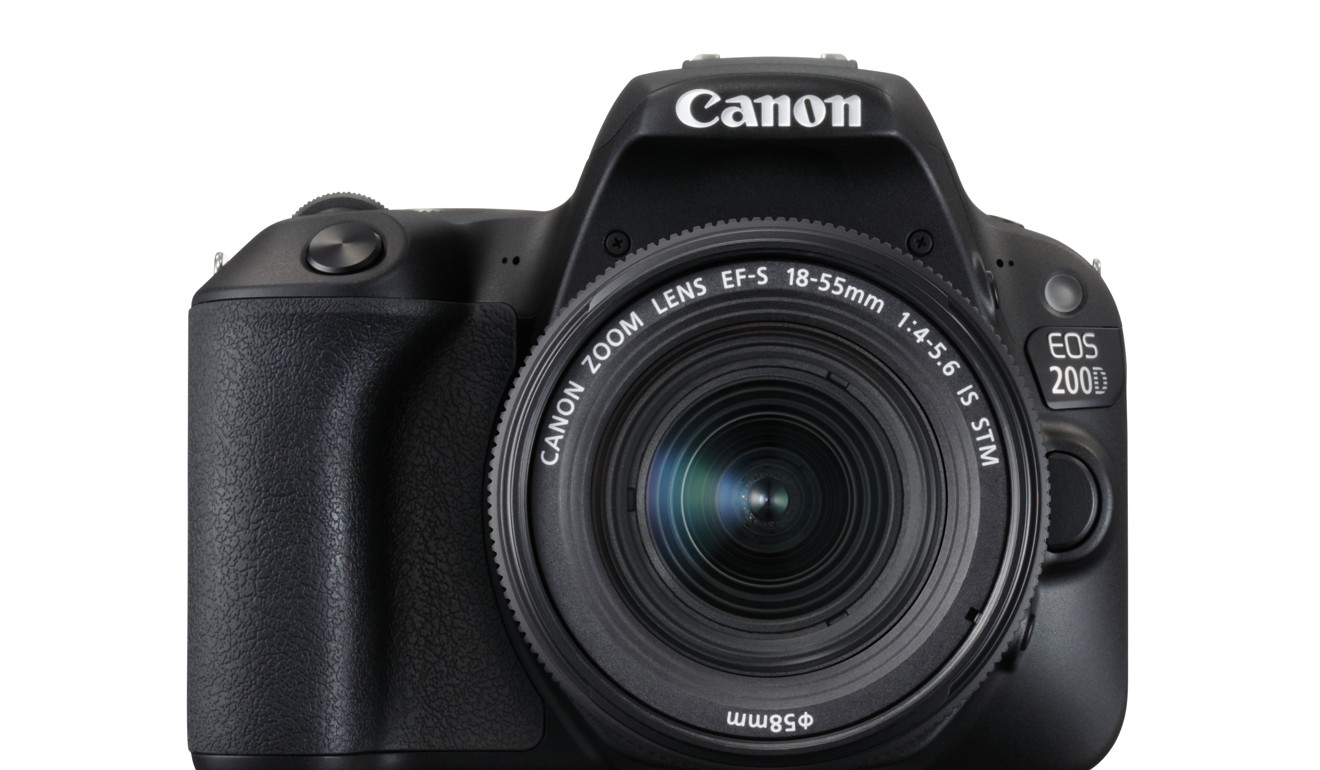
Canon EOS 200D
This 24-megapixel DSLR is aimed at those after more control, but worried about carrying a bulky camera on their travels.
Struggling to store your photos? Try these backup apps and websites
“It's got the same entry-level features and build quality as the 3000D, but in a ‘fun sized’ package – this is the world's smallest DSLR,” says Stewart of this black, white or silver camera. “It's very cute too.”
From HK$5,280
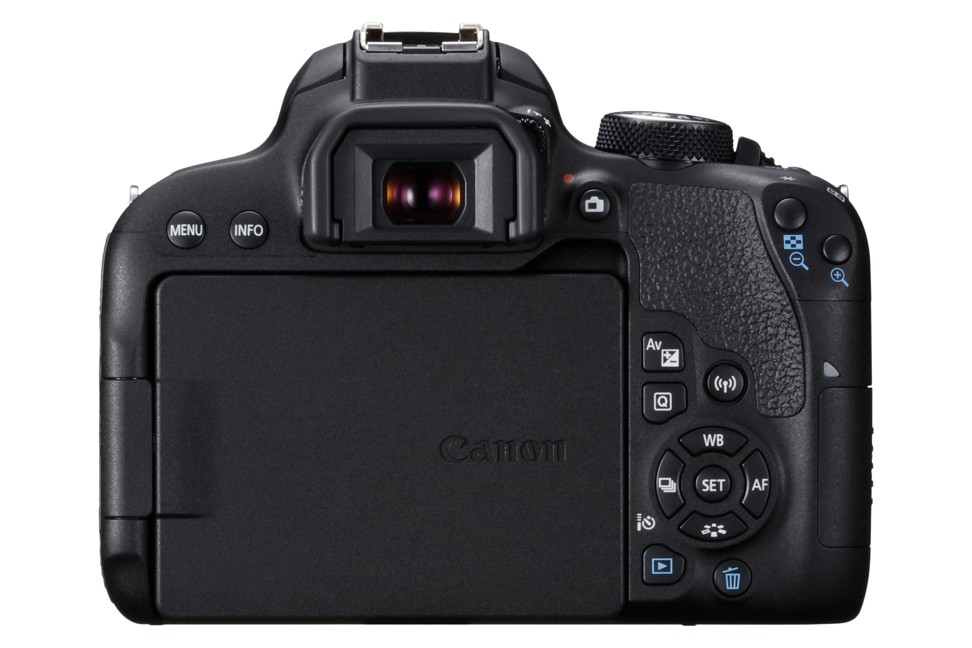
Canon EOS 800D
Comparable to the Nikon D5600 with 24 megapixels, ISO 25600, a three-inch LCD screen and a viewfinder, this DSLR also offers the fastest autofocus mode around, at a near-instant 0.03 seconds. “It's got slightly better build quality than the 3000D,” says Stewart. There's a choice of an 18-55mm or 18-135mm lens.
From HK$6,080
Choosing the right digital camera for memories that matter the most
Nikon D7500
This is where the mid-range begins. With 20.9 megapixels and ISO 51200, its 51-point autofocus system and a continuous shooting speed of eight frames per second is crucial to its appeal.
“It’s designed for sports photography due to its fast shutter burst rate, and it has many high-end features not found in entry-level DSLRs,” says Stewart. Chief among them is 4K video recording. It comes with an 18-140mm lens.
From HK$12,280

